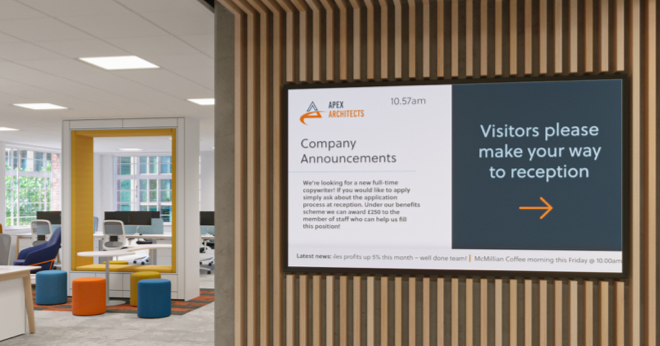This brings its own set of challenges as the need for meeting to be structured, efficient and productive creates demands on technology, infrastructure and staff management as well as knowledge.
From the very onset of a meeting challenges can occur, with the most common being:
1. Starting Meetings
A report from Sapio indicates that up to 15% of the time spent in meetings is wasted time, largely due to inefficient meeting room equipment.
2. Ease of Use
Many reports, including the one published by Sapio, clearly identify that users can struggle with conference room setups, especially when they vary from room to room. IT Managers should be looking to implement standardised room models that are easy to use. This will enable a true hybrid meeting experience that incorporates cohesive yet flexible collaboration tools, with professional peripheral devices including cameras, microphones, speakers and a display.
3. Integration Capability
As part of the creation of the standardised meeting room space, there is a need for flexibility in order to integrate multiple software and service providers, rather than a locked down solution. In fact, as the BOYD meeting space grows, and with the average worker needing to integrate at least four personal devices with workplace solutions, flexibility is critical. Yet, less than 40% of IT Managers say their organisations meeting rooms are prepared for a BYOD meeting style of work.
4. Device Management
This leads to IT Managers being empowered with the tools to manage integrated solutions which feature BYOD technology alongside professional technology. With nearly 40% of hybrid workers wasting time due to tech issues organisations are lagging, according to TechRepublic.
5. Training
Almost 71% of remote and hybrid workers are still struggling with technical challenges and other frictions that come with such workplace models, over two years since WFH became so commonplace. Such challenges include joining and navigating hybrid meetings, leading to a need for training on the right tools and equipment. It is crucial to create a structured and effective hybrid meeting space.
6. Collaboration Tools
One of the most common issues of remote meeting attendees is not being able to collaborate effectively with on-site attendees. The ability to mirror and share content, annotate over any document, brainstorm securely, and save meeting notes to return to another day is at the forefront of needs to achieve collaboration.

